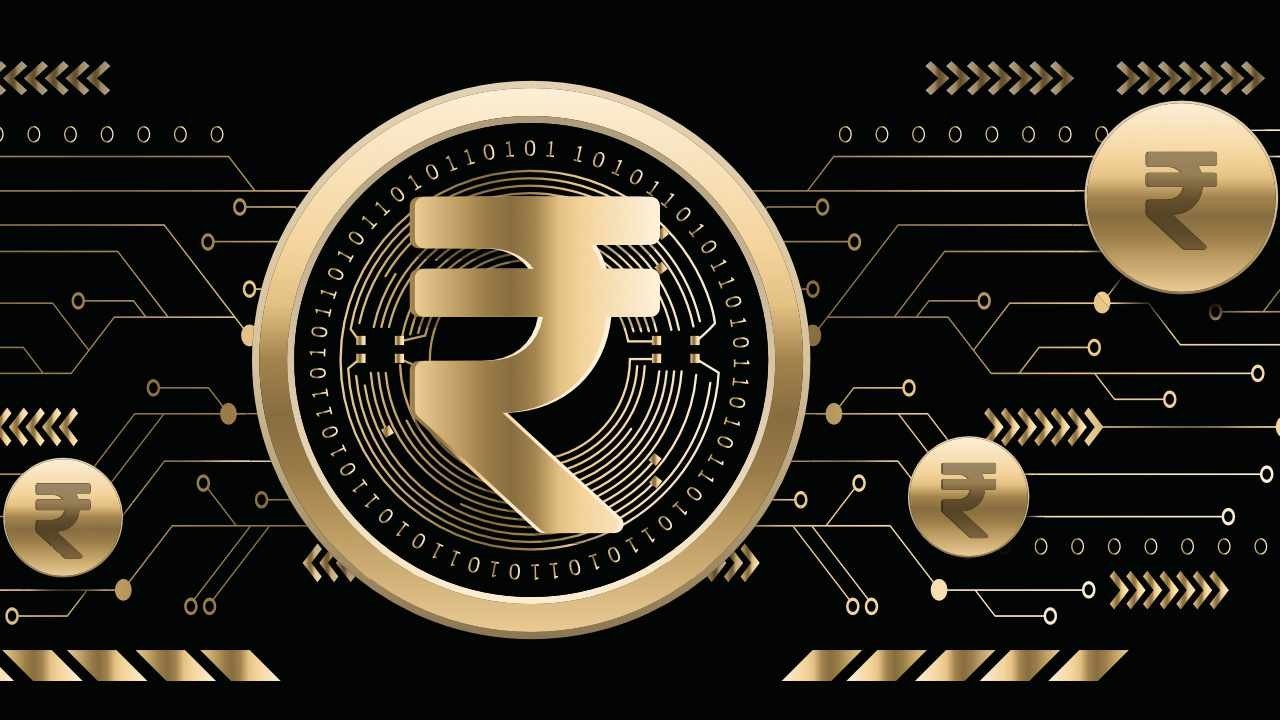How is UPI different from the Digital Rupee?

How is UPI different from the Digital Rupee?
India is moving to be entirely digital in the following years. In India, unified payments interface (UPI) is already much more popular than cash. With the advent of the central bank digital currency (CBDC) of the RBI, the digital rupee, the nation wants to advance to the next stage of digitization. Let’s find one of the unresolved issues: How does UPI differ from the digital Rupee?
About Digital Rupee
The Reserve Bank of India plan to launch the Digital Rupee (e), also known as the eINR or as a central bank digital currency (CBDC). The Digital Rupee would be introduced in the fiscal year 2022–2023 after being proposed in January 2017. Distributed ledger technology will be included in the Digital Rupee.
It will be uniquely recognised and subject to Central Bank rules, much like banknotes. RBI is accountable. Both online and physical accessibility is planned. The RBI will introduce two digital rupees: Digital Rupee for Retail (e-R) for consumer and business transactions and Digital Rupee for Wholesale (e-W) for financial institutions’ interbank settlements. The cost of security printing on physical currency, which the public, businesses, banks bore, and the RBI, will be removed by CBDC.
Digital Rupee is the future of money-
1) Centralised
The new digital form of money issued by central banks, called central bank digital currency (CBDC), may be the new infrastructure we need to usher in a higher level of resiliency, and efficiency.
The digital rupee will not be decentralised, according to Manoj Dalmia, Founder and Director of Proassetz Exchange; instead, it will be governed by the Reserve Bank of India. He added that the money would be in virtual form, much like other cryptocurrencies. The Indian government will accept the digital rupee as a completely legal tender.
2) Ease of use
Every CBDC unit may be uniquely identified and traceable, according to Pranav Arora, Managing Director and Lead – Applied Intelligence, Accenture. Second, it could be programmable, allowing for adding many parameters, including predetermined end uses, time constraints, and transferability. The final step is recording CBDC on distributed ledgers by blockchain, which helps all participants and banks to record transactions and balances.
3) Global Acceptance
The internationalisation of current and financial account transactions will eliminate any regional restrictions. Pranav Arora states, “a Digital Rupee that non-residents can hold and that is usable for cross-border financial transactions seems a natural extension to help new retail payment options and business endeavours.”
4) Transparency
“More efficiency, transparency, systemic resilience, and governance are predicted to come with the launch of the digital rupee in India, “Pranav Arora stated.
According to data from the RBI, fraud cost Indian banks 50 billion dollars between 2018 and 2020. According to a CVC analysis, the incorrect end-use of lent funds is one of the causes of the top 100 fraud cases. While the existing system relies on after-the-fact checks like stock statements and CA audit reports, a digital currency may proactively solve these issues with built-in programmability and controlled traceability, “Dalmia stated.
5) No bank account required like that for UPI
According to Anup Nayar, CEO Domestic of In-Solutions Global Ltd., one of the main benefits of the change is that one doesn’t even need to open a bank account to transact.
6) The payment through digital currency or rupee will be real-time
According to Nayar, the government will have simple access to all transactions occurring within authorised networks if the digital rupee is introduced.
7) Likely to save operational costs of printing, distributing and storing banknotes
Anup Nayar asserts that digitised money will cut down on the price of printing, shipping, and logistical management of cash.
“Not only will the implementation minimise reliance on cash, but unlike currency notes, it will always stay mobile, “Nayar continued.
“India has a cash propensity of 17%, which is higher than that of the Nordic nations and countries like the UK and Australia. Using digital payments and money could help people become less reliant on cash, “Manoj Dalmia stated.
8) Governments have access to every transaction occurring on authorised networks.
Anup Nayar asserts that the introduction of the digital rupee will reduce payment system fraud, make Direct Benefit Transfers (DBT) relatively faster, and make them easier to monitor. Increasing the efficiency of digital transactions will undoubtedly add a new dimension to digital governance.
9) Cannot get physically damaged or lost
According to Clear’s founder and CEO, Archit Gupta, the advantage of digital cash is that it is not physically harmed by being shredded, burned, or burned. They cannot be physically misplaced, either. In contrast to actual notes, “the lifespan of digital money will be indefinite,” he continued.
10) Fraud
Fraud can be reduced thanks to the Digital Rupee. According to Pranav Arora, CBDC stops fraud proactively with inbuilt programmability and regulated traceability, compared to the existing system’s reliance on post-facto verification.
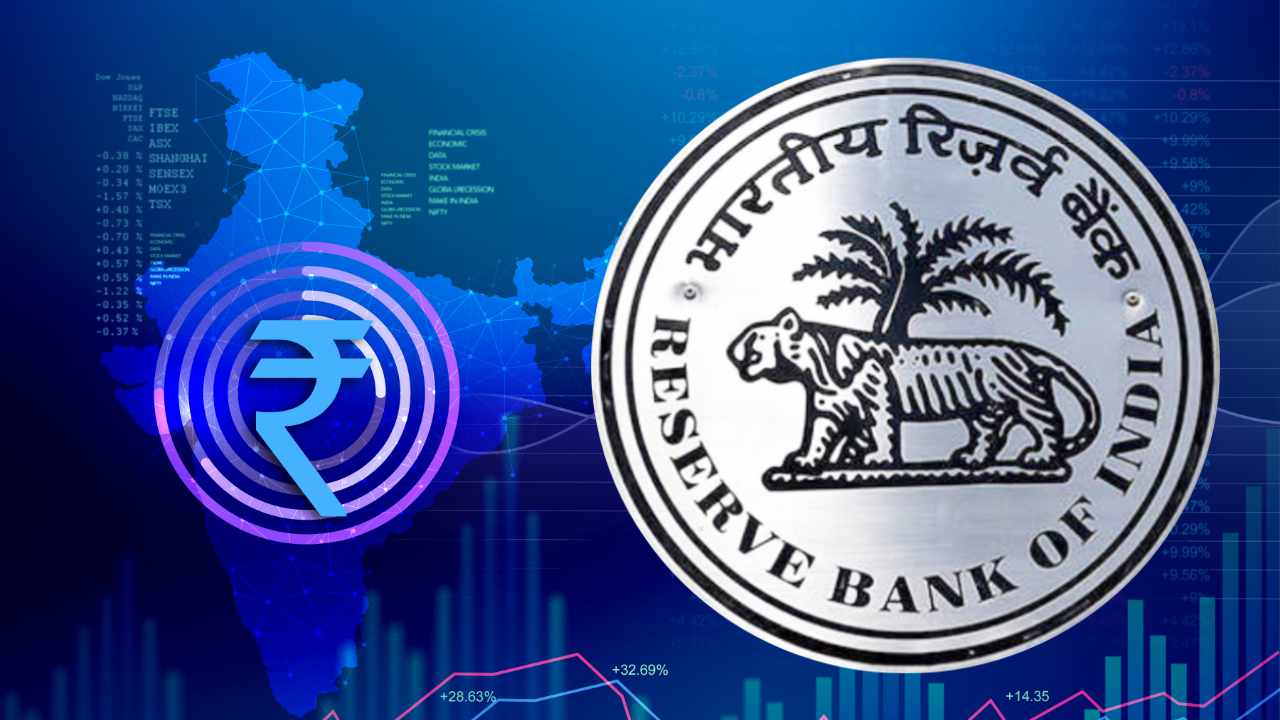
What are the benefits of announcing a digital rupee or Central Bank Digital Currency (CBDC)?
The digital rupee, or central bank digital currency, will, in the future, make internet transactions safer and risk-free and help the digital economy. A global digital payment system will be easier to build, he added, thanks to the digital rupee.
Additionally, introducing the digital rupee will change the fintech industry by opening up new options and easing the burden associated with handling, printing, and logistics management of cash.
The economy will become much more digitalized, making transfers easier inside and between countries thanks to the digital rupee. The Digital Rupee will help fight against corruption and illegal money by preventing currency fraud.
The Digital Rupee will increase financial inclusion, reduce transaction costs, mainly for cross-border transactions, provide the benefits of an alternative payment system, and provide a new tool to central banks’ monetary policy toolbox.
However, there is no default risk when funds are parked with the central bank.
CBDC will lessen the need for payment gateways and card networks. India has 1.2 billion mobile phone connections but only 582 million bank accounts. The CBDC can close the gap.
The other benefits include,
Reducing systemic risk: There are roughly 3,000 privately issued cryptocurrencies around the world. IMF claims that the main justification for a digital government currency is to combat the expansion of private digital currencies.
Reduce volatility: The RBI will oversee the national digital currency. Therefore, compared to other digital currencies, there will be less volatility.
Negative interest rate: The idea behind negative interest rates is that a central bank could want people to spend money during hard times. But at the moment, it can’t because people would just take their money out of the banks. CBDCs will resolve this problem. It would be simple to need CBDCs kept in wallets to earn a negative interest rate.
The digital rupee will support virtual digital asset (VDA) markets by bridging the divide between fiat money and decentralised finance as an addition to blockchain-driven decentralised finance. This is because all cryptocurrency assets’ final returns will be made in fiat money.
Pilot CBDC initiatives have been running since 2014 all around the world. However, progress could be faster because this ostensible innovation may have unanticipated consequences. These include,
Challenges to the entire banking system: It needs to clarify how the digital rupee will affect the system. Like, if CBDCs are effective vehicles for retail savings, this could have a negative impact on bank deposits. As a result, there may be an effect on the RBI’s monetary policy, the role of banks in the generation of credit, etc.
Furthermore, the Riksbank of Sweden, which started working on the e-krona project in 2017, is still researching the demand for and potential effects of the e-krona on the Swedish economy.
Threat to financial stability: If the RBI issued interest rates on the digital rupee, banks would face direct competition from the RBI. The financial sector’s stability may be threatened if the regulator ends up in direct competition with regulated businesses.
No incentive to switch to digital rupee for users: Users have no reason to convert to a CBDC because an increasing number of retail transactions are already digital or include quick payment solutions based on UPI.
India is already dealing with many cybersecurity challenges. The intro of digital currency may increase cyberattacks and provide a risk of digital theft.
Closing of privacy: A person’s information must be collected by the digital currency so that the person can prove he is the digital currency owner. These details may include private information, like a person’s identity or fingerprints.
Additionally, CBDCs will still leave a digital footprint even when the phone is off. For example, trials like paying for food and fare.
Operational issues: The deployment of CBDC will face many operational challenges, including concerns over data protection and KYC (know your customer) standards.
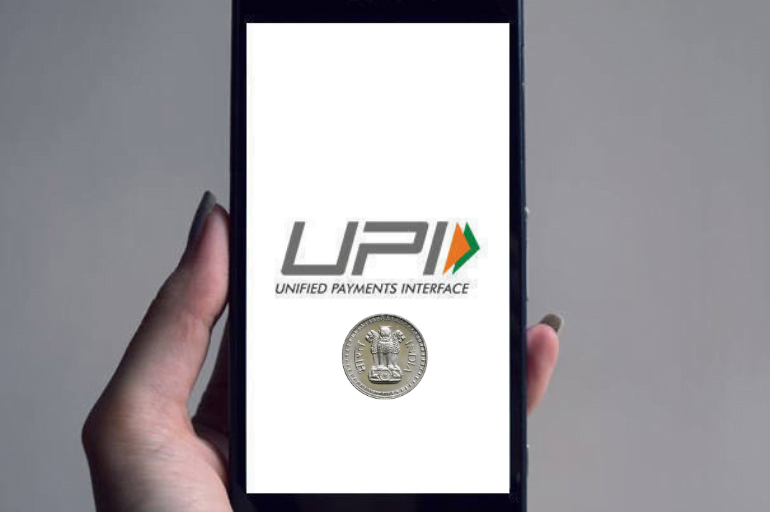
About UPI
The Unified Payments Interface (UPI) is a technology that merges multiple bank accounts. It combines merchant payments and simple fund routing into a single smartphone application. It provides “Peer to Peer” collection requests that may be scheduled and paid for according to convenience and need. Customers can instantly transfer money between separate bank accounts using this real-time payment system without giving out their personal information to the other side.
Achievements of UPI:
Digital transactions using UPI experienced tremendous growth during the pandemic year 2020–2021, and several countries have shown an interest in learning from India’s experience to replicate the idea.
The NPCI reports that in October 2021, the UPI’s transaction value exceeded USD100 billion for the first time in a single month, establishing its position as India’s most popular digital payment system.
The Indian digital payments market is to reach a value of Rs. 7,092 trillion by 2025, up from its present value of Rs. 2,153 trillion (27% CAGR).
The millennial demographic, the growth of MSMEs, and the high smartphone penetration rate are all expected to contribute to the increase. Strong use cases exist for merchant payments, the rise of MSMEs, and government programmes like the Jan Dhan Yojana and the personal data protection bill.
Recently, the central banks of India and Singapore connected their UPI and PayNow fast digital payment systems to help quick, low-cost, cross-border financial transactions. The link will start operating in July 2022.
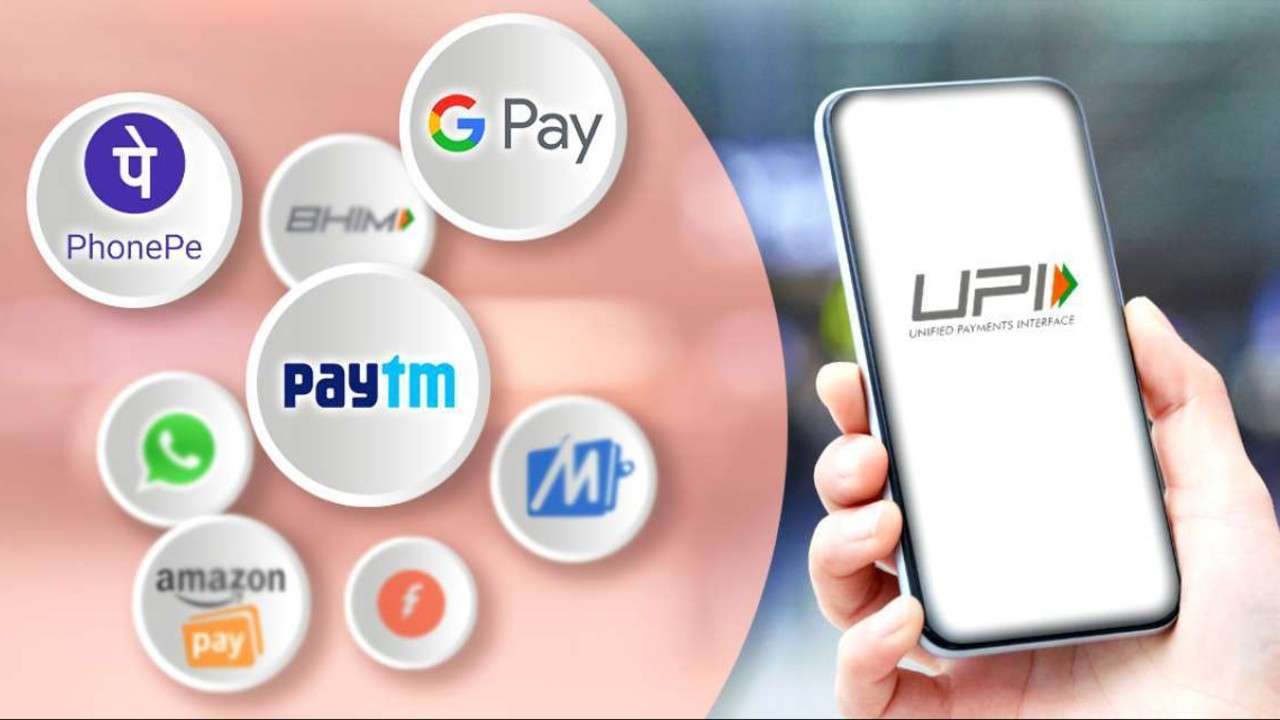
Benefits of UPI:
As customers provide a virtual address and no other sensitive information, the system is safe. The “virtual payment address” is used as an alias for your bank account.
Why Your security cannot be jeopardised when a specific merchant’s account is hacked because their database will only contain a list of virtual addresses.
It provides higher security than conventional payment methods transmitting private data like credit card numbers. Because UPI only uses a Virtual Payment Address (VPA), all these details are hidden.
Digitalization can reduce the amount of “black money” in the market, increasing compliance and tax revenue.
The UPI has greatly impacted banks and the fintech industry. It provides them with a low-cost cash substitute while assisting banks in reducing costs related to merchant onboarding.
Importance of UPI:
- Simplify Person to Business (P2B) interactions by using the collect payment option.
- Both commerce and the Indian economy as a whole would benefit from this.
- UPI will lessen the economy’s current 12% share of GDP in cash expenditures.
- Thanks to UPI, the annual cost of currency transfers will drop.
Payment charges on UPI:
The Indian government won’t charge any fees for UPI services. The finance ministry stated that UPI would be free. The government claims that UPI is a digital public good that greatly eases the lives of the public and increases economic productivity. A fee for UPI services is something other than what the administration is thinking about.

UPI faces the following difficulties:
Some experts are concerned that UPI won’t be able to sustain itself without levying MDR to pay for its infrastructure. Currently, neither the client nor the business is charged extra.
Even though cash transactions are less frequent now that UPI has been implemented, they are still important. People still favour using cash as a form of payment because it is more widely accepted and because there is a risk of tax terrorism.
Because a sizable part of the population still lacks access to cellphones or the internet, doing UPI transactions is still exceedingly challenging; because the majority of people lack digital literacy, they cannot use the UPI system. The higher use of English in UPI apps is another reason for their lesser uptake.
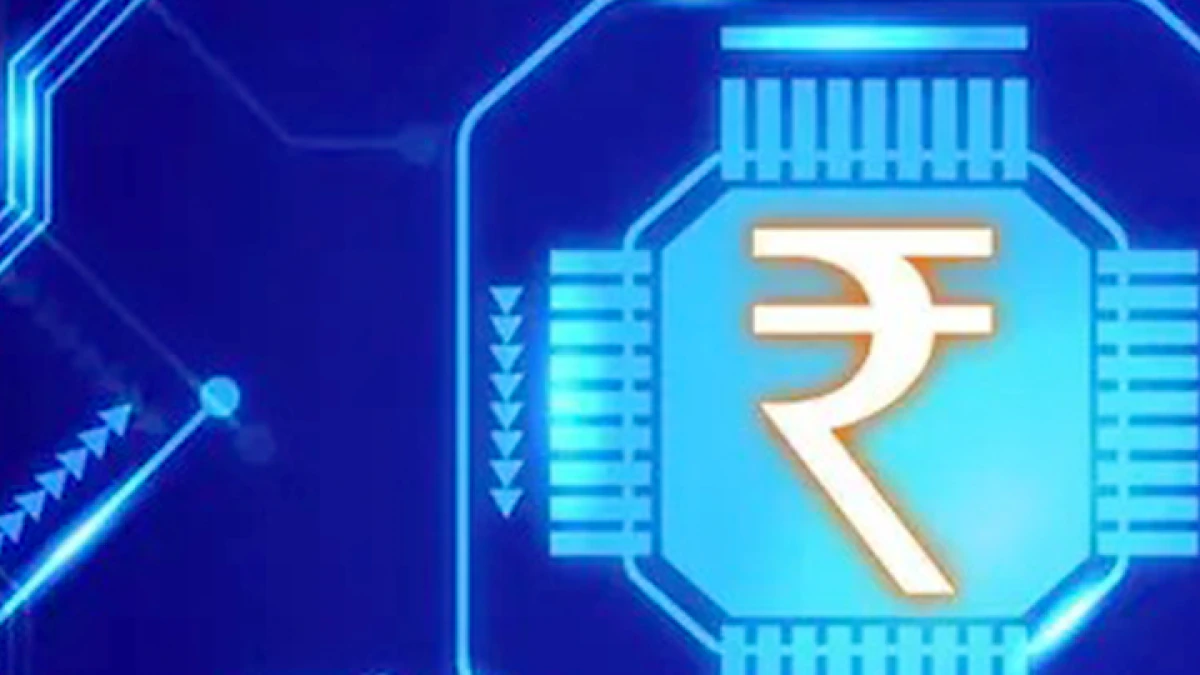
Digital Rupee vs UPI
It is easy. UPI is an interface for financial transactions involving real money, in contrast to the digital rupee. While Digital Rupee cannot be taken out of a bank account, it is merely another form of money that is similar to fiat money. However, UPI helps consumers conduct online transactions using their accounts. FAll transactions are conducted with fiat money.
Therefore, UPI and the digital Rupee are two entirely different concepts. With the intro of the digital rupee, India might plan to stop using UPI. The concept is to reduce the expense of managing and delivering cash money by depending on the digital rupee. Therefore, digital currency’s purpose is to replace the need for physical money eventually. But there’s still a ways to go.
Digital Rupee pilot: eligible banks and cities
The RBI has started a digital rupee trial in 4 cities and worked with four banks for the starting phase. The nation’s central bank is planned to make the service available to all citizens. Beginning on December 1, the Indian central bank began testing the digital rupee in Mumbai, New Delhi, Bengaluru, and Bhubaneswar. State Bank of India, ICICI Bank, Yes Bank, and IDFC First Bank were the four banks that the RBI teamed up with for the initial testing.
Once testing gets underway, the RBI announced that it would collaborate with four more banks. The service will be extended to several more cities in the second phase. Some of these cities are Ahmedabad, Gangtok, Guwahati, Hyderabad, Indore, Kochi, Lucknow, Patna, and Shimla.
How to buy and use Digital Rupee
Users must visit the official app or website of one of the four designated banks to purchase a digital Rupee. The way to purchase a digital rupee has not been disclosed by the RBI. Still, it has stated that customers can make purchases using QR codes displayed at merchant locations, and the money will be withdrawn from bank wallets.
Using Digital Rupee, one can shop and purchase things at Kirana outlets. “The e-Rupee would have attributes of actual money, like security and definitive settlement. Like cash, it won’t accrue interest and can be changed into other forms of payment like bank deposits.” RBI said.
Edited by Prakriti Arora

